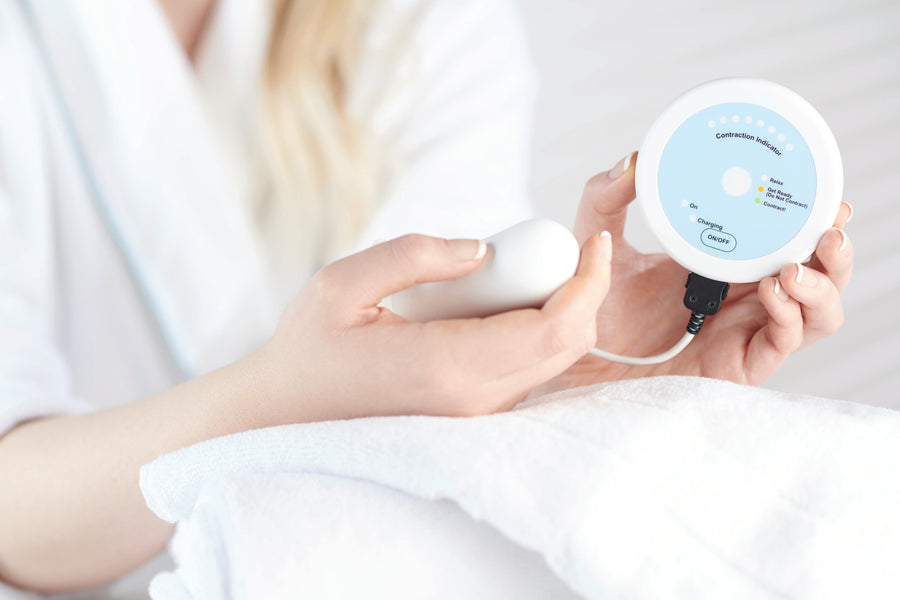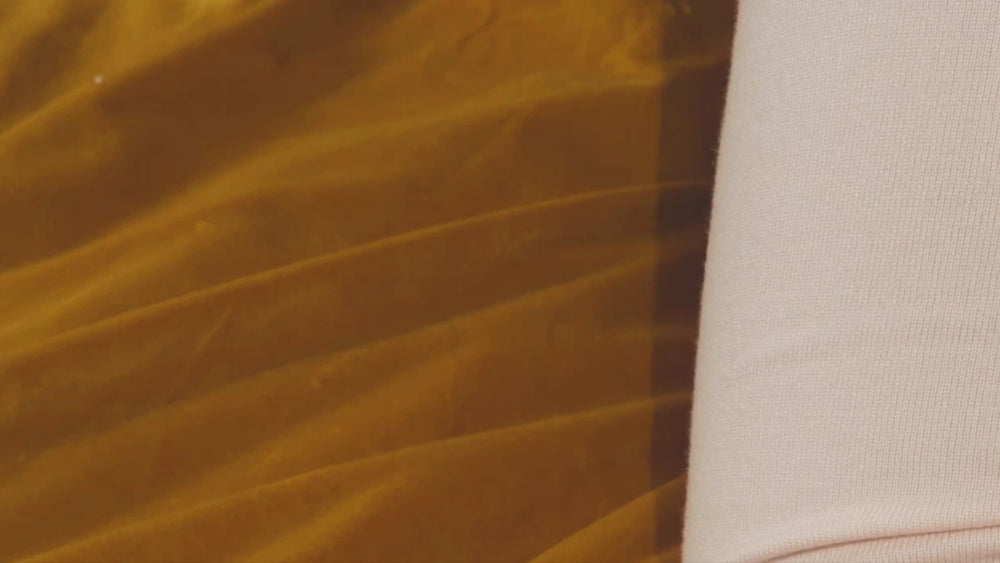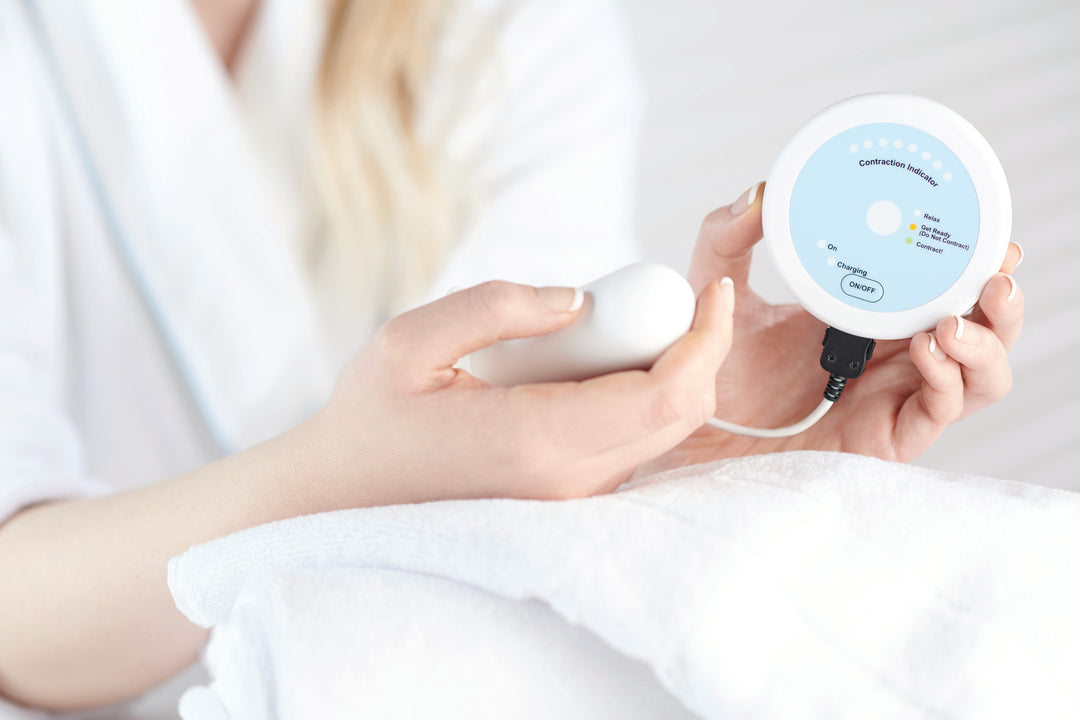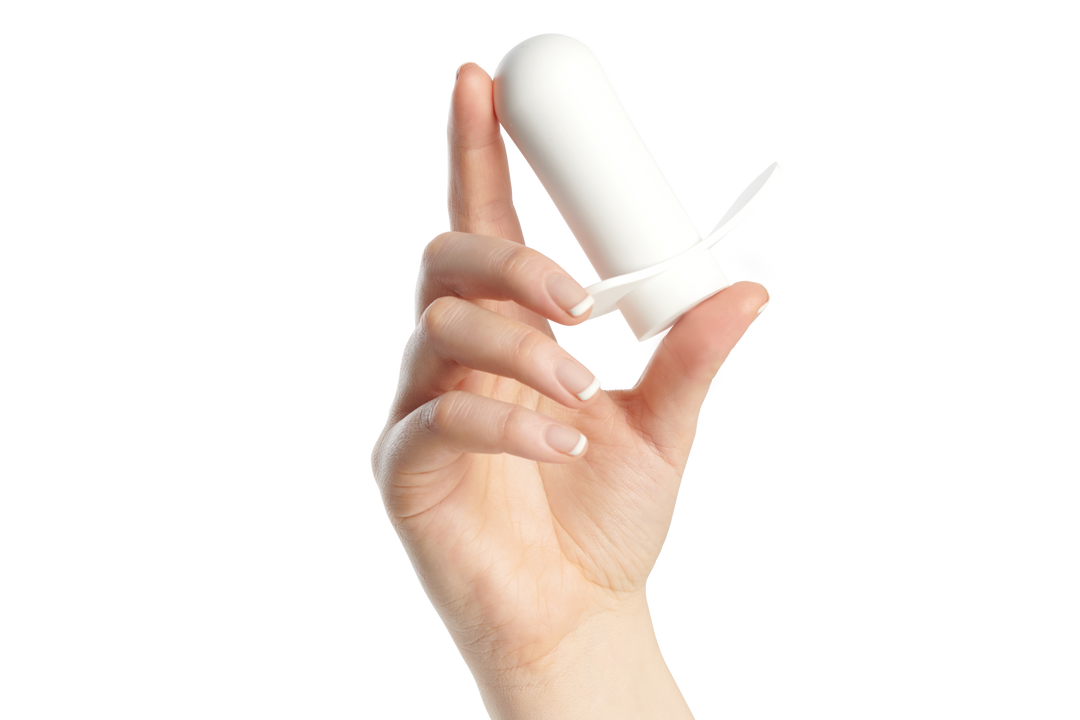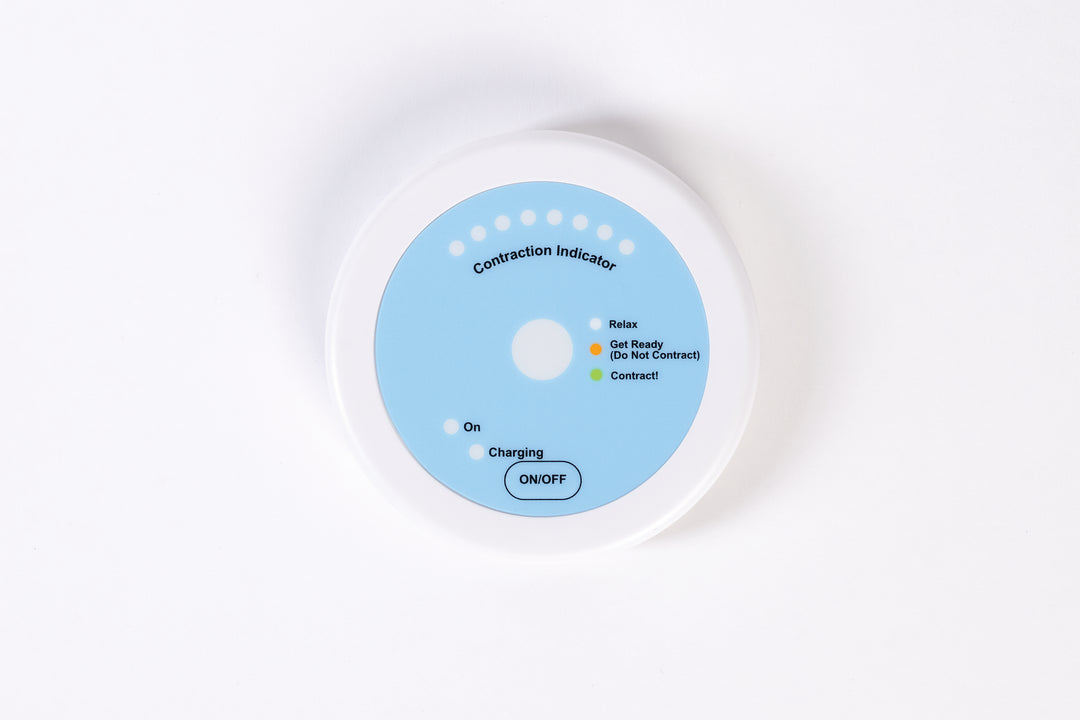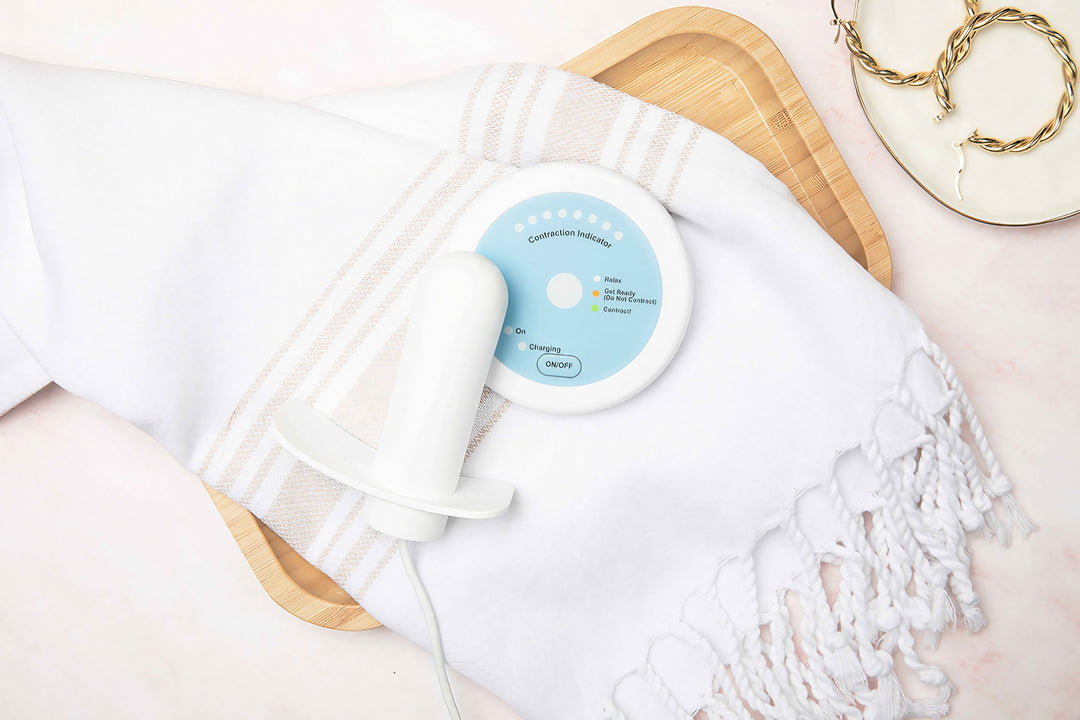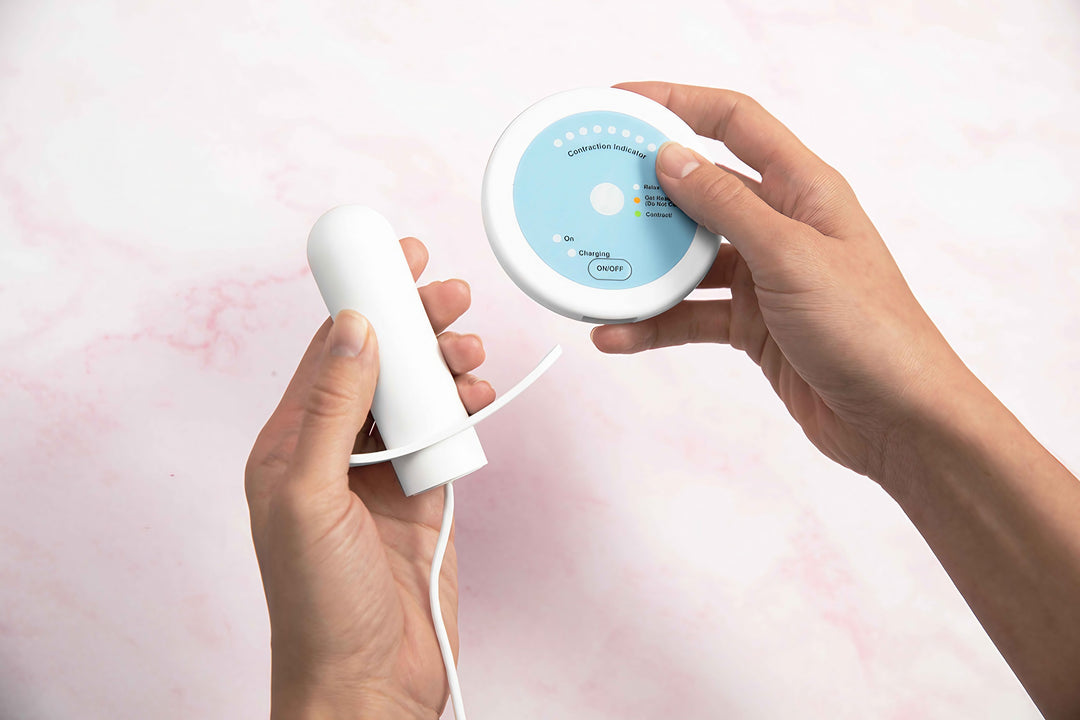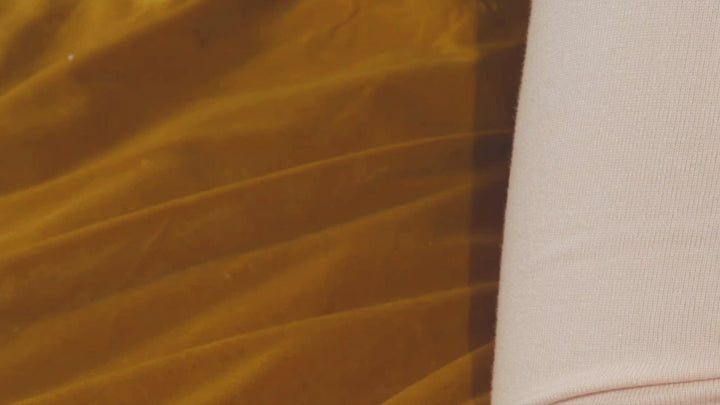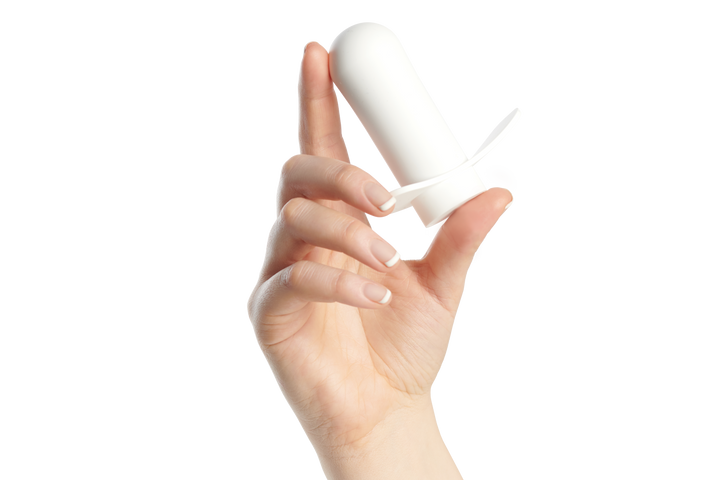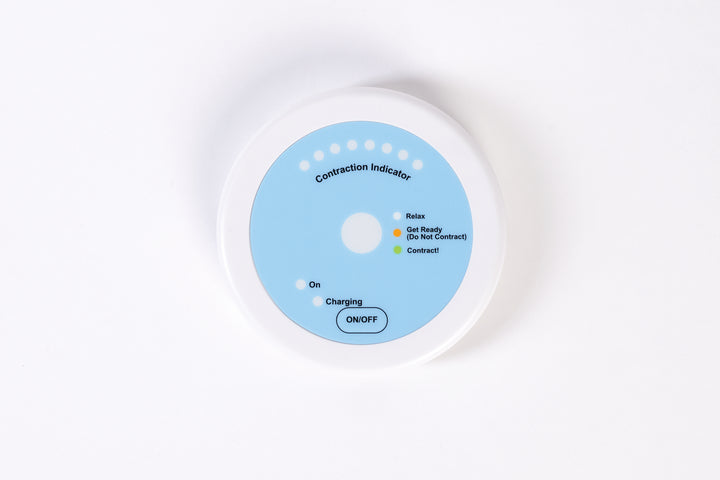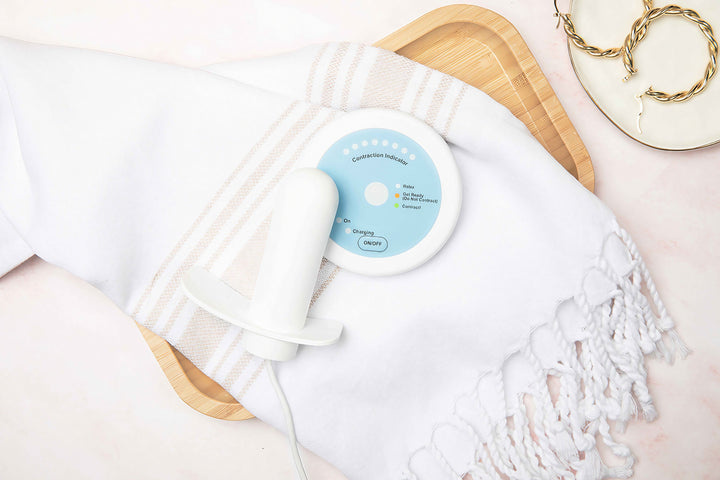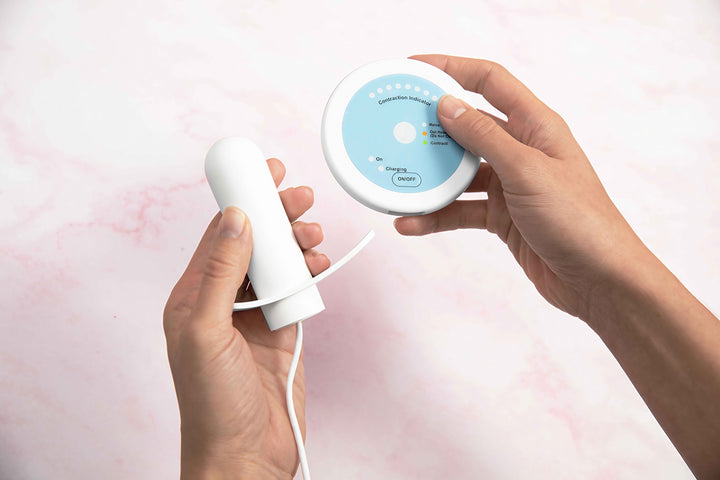How to stop leaking urine when running

Picture this: it's a crisp morning, and you step out for your daily run. As you start to pick up speed, feeling the wind on your face and the rhythm of your stride, you feel truly unstoppable...then it happens. Urine leaks, leaving you in a state of frustration.
You’re not alone.
The statistics reveal that a staggering 50% of adult women in the United States face urinary incontinence. Even elite female athletes aren't spared by urinary incontinence, with 40% of these wonder women experiencing leakage during high-impact activities like running.
So, what causes this issue that affects so many women, and how can you get back to running with confidence and freedom?
Read on to unveil the truth behind the all-too-common problem of peeing while running, and more importantly, equip yourself with the knowledge to overcome it.

Table of Contents
- Why am I peeing while running?
- Do I need to strengthen my pelvic floor?
- 4 Tips to Overcome Incontinence When Running
- Overcoming Emotional Hurdles
Why am I peeing while running?
Bladder leaks affect many female runners due to a combination of factors. For one, the repetitive impact of running may lead to strain on the pelvic floor muscles. When the muscles in and around the pelvis are weak, the strain from running can result in involuntary urine leakage.
Hormonal changes, childbirth, and age-related factors also contribute to urinary incontinence in women. However, it's essential to know that experiencing incontinence when running doesn't have to be a normal part of life. By strengthening the pelvic floor muscles and incorporating various exercises and strategies, you can regain control, confidence, and freedom during your runs.
Do I need to strengthen my pelvic floor?
Before we dive into effective strategies for reducing urine leaks while running, it's essential to evaluate the state of your pelvic floor. You may be surprised to learn that both overactive and underactive pelvic floor muscles can lead to bladder leaks. But how can you tell if your pelvic floor is overactive (tight and weak) or underactive (loose and weak)?
First, try performing a Kegel.
Are you able to feel a change in your pelvic floor muscles when you perform a Kegel? Can you feel these muscles move up and in and then relax back down? Can you hold this for 10 seconds? If you’re unsure how to do a Kegel, watch our video, Learn How To Do a Kegel in 2 Easy Steps, featuring pelvic floor physical therapist Leah Fulker, PT, DPT.
- If you can feel these muscles moving but are not able to hold them for any length of time, then you probably have underactive pelvic floor muscles.
- If you try to squeeze your pelvic floor muscles and don’t feel much change between a squeeze and release, or if you have pain with tampons, sex, or a pelvic exam, you might have overactive pelvic floor muscles.
In the case of underactive pelvic floor muscles, pelvic floor strengthening is an important step to regain bladder control. In the case of overactive pelvic floor muscles, you will first need to learn relaxation techniques and then work on pelvic floor strengthening. Pelvic floor strengthening is not a high-intensity exercise — it’s an isolated and coordinated exercise that requires proper contraction and relaxation to improve bladder control.
4 Tips to Overcome Incontinence When Running
To ensure a leak-free running experience, incorporate effective strategies that help you maintain control over your bladder. Here are some expert tips.
1. Perfect your breathing
Breathing is a key skill that can reduce pressure on your pelvic floor while running. Here’s why:
As you inhale and your belly expands, your diaphragm contracts, moving downward toward your feet, which in turn causes your pelvic floor to relax and move downward as well. On the other hand, when you exhale and your belly returns to its original position, the diaphragm moves back up towards your head to its resting state, and the pelvic floor also rises. This is called diaphragmatic breathing. This is your body’s natural coordination to help with managing intra-abdominal pressure, thereby reducing the risk of injuries, incontinence, or prolapse.
Make sure to practice this breathing and muscle coordination:
- At home, practice, gently squeezing and lifting your pelvic floor muscles while exhaling.
- At the same time, engage your lower abs by drawing them in slightly, without putting excessive strain on them.
- Then, relax your pelvic floor muscles and lower abs while inhaling (or in as many breaths as you need) prior to repeating.
- As you run, consciously inhale and exhale with your diaphragm.
With consistent practice, this technique can significantly reduce urine leakage while you’re running!
2. Don’t flex your abs
Many runners have a tendency to run with their upper or lower abs flexed, which can put unnecessary stress on their pelvic floor muscles. If you find yourself "gripping" or "sucking in" your abs while running, this could weaken your pelvic floor muscles over time by either overstretching or overtightening the pelvic floor. As a result, you may experience more bladder leaks.
To avoid this, it's essential not to tense your abs excessively while running. Instead, focus on diaphragmatic breathing and feel your belly expand with each inhale and return to its resting position with each exhale. By doing so, you help your pelvic floor provide you with its natural support.

3. Run with the proper form
Running with proper form will help to distribute forces equally through your lower body and abdomen to reduce pressure on the bladder and pelvic floor that can result in urine leakage. Here's how to achieve proper form:
- Think “tall” with a slight forward lean.. This will move your body forward efficiently while running and lighten the load on your pelvic floor.
- Focus on using your back leg and glutes during push off, rather than relying too much on your forward leg and overworking your hip flexors.
- Land softly with your midfoot and keep your knees slightly bent to help distribute forces better through your body while on a run.
- Look forward, not down. Keep your eyes on the prize!

4. Try a female incontinence device
When it comes to managing incontinence when running (and urinary incontinence in general), there are various solutions available, but it's important to find one that truly addresses the issue from within. While traditional methods like pads and liners can offer temporary help, they are essentially "band aids" that don't fix the underlying problem.

Enter Flyte®, the groundbreaking female urinary incontinence device that revolutionizes the way we address stress urinary incontinence. This at-home intravaginal device is designed to deliver mechanotherapy, a proven treatment modality foundational to physical therapy, to effectively treat stress urinary incontinence and strengthen pelvic floor muscles. Unlike traditional options, Flyte® offers a comprehensive approach that goes beyond just managing symptoms. Say goodbye to the inconvenience of temporary fixes with a solution that empowers you to live your life to the fullest.

Overcoming Emotional Hurdles
When it comes to addressing the issue of peeing while running, be sure not to overlook the emotional and psychological impact. It's important to acknowledge and address these emotional challenges alongside the physical strategies. By taking this holistic approach, you can improve your overall well-being and resilience.
It's natural to feel anxious about potential leaks, but practicing relaxation techniques can help alleviate stress and allow your pelvic floor muscles to relax. Deep breathing exercises, guided imagery, or mindfulness techniques can calm the mind, reduce anxiety, and increase your pelvic floor’s ability to support you during running. By incorporating these practices into your pre-run routine, you can enter your workout with a sense of calm and focus. And remember, it's also okay to seek professional help if you find anxiety or bladder control issues are affecting your overall well-being.

Enjoy Running Again
Running without the worry of peeing on yourself is within your grasp! By implementing practical tips and adopting a proactive approach, you can reclaim your running experience with confidence and freedom. Here's a brief recap of our expert advice to help you stay dry during your runs:
- Perfect your breathing
- Don’t flex your abs
- Run with the proper form
- Try a female incontinence device
Together, these strategies will empower you to break free from the limitations of incontinence and embrace a future where bladder leaks no longer define your life.
References
Khalife, Tarek, and Gokhan Anil. “Is Urine Incontinence Normal for Women?” Mayo Clinic Health System, 2 Nov. 2022, www.mayoclinichealthsystem.org/hometown-health/speaking-of-health/is-urine-incontinence-normal-for-women.
Poświata, Anna, et al. “Prevalence of Stress Urinary Incontinence in Elite Female Endurance Athletes.” Journal of Human Kinetics, 30 Dec. 2014, www.ncbi.nlm.nih.gov/pmc/articles/PMC4327384/.
Toussaint, Loren, et al. “Effectiveness of Progressive Muscle Relaxation, Deep Breathing, and Guided Imagery in Promoting Psychological and Physiological States of Relaxation.” Evidence-Based Complementary and Alternative Medicine : eCAM, 2 July 2021, www.ncbi.nlm.nih.gov/pmc/articles/PMC8272667/.











